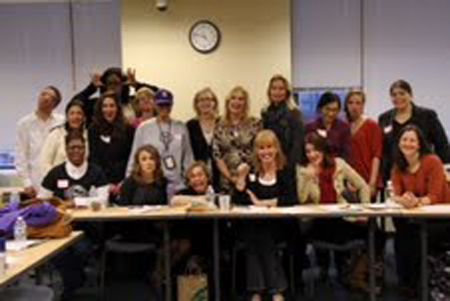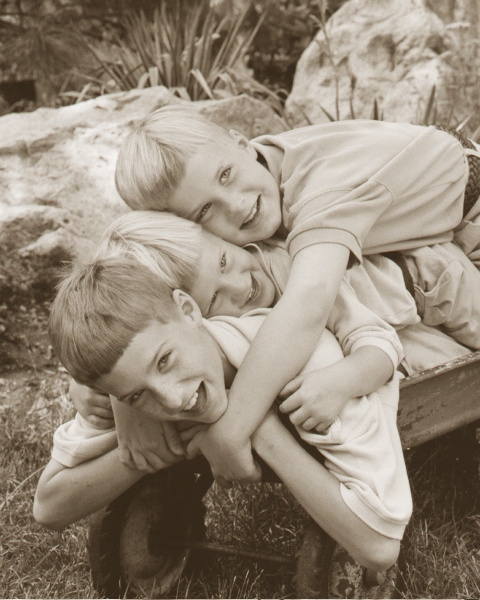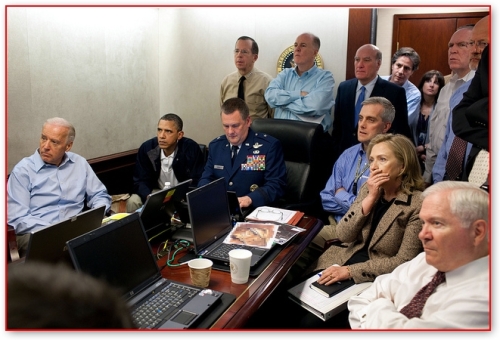
Andrea Stone, Cami McCormick, Nancy Youssef, Anu Bhagwati, me
It takes a bit to wind down from the euphoria that buoyed me since I attended last weekend’s Journalism & Women Symposium (JAWS) in Asheville, N.C.
It’s a place where the content was deliberately offered in a context of all women journalists all about advancing themselves, each other and the notion that the profession should leap into equity with fervor. The message is that we can all learn new things, and that talented, smart women journalists can change the world. Or at the very least, a few media outlets, and a hell of a lot of minds.
I mean, enough already of the manly world of journalism. It is 2011.
So it is why once a year it is necessary to spend a few days with other women journalists, writers, innovators, academics and authors who understand what we all face without even saying a word. Even though we say lots of them.
From concrete technolgoical advice to the decades-enduring professional alliances and newfound friendships, I gathered what I needed to recharge, reinvigorate and come back to my work as an assistant professor at the Medill School at Northwestern University revved up.
Here are only a few things I learned:
1. Nancy Youssef, McClatchy’s chief Pentagon correspondence, described her job of storytelling in a war zone as ‘being in a very dark room with a very small flashlight.” She added about her coverage in Iraq and Afghansitan, “The story isn’t about me. At the end of the day, I could leave.”
2. Robin Phillips, web managing editor at the Reynolds Center for Business Journalism: “Twitter can figure out the Venn diagram of me.”
3. Megan Cottrell, journalist for the Chicago Reporter: “Information won’t always change people’s minds but if you tell stories that have empathy, you can change the way people think.”
4. Lisen Stromberg, journalist and brand specialist: “Branding is being consistent, being clear to everyone. Communicate your brand across platforms, all moving toward an end game.”
Back in my Medill office, all jazzed to tell my students about Storify, the latest Google tools and how to get internship possibilities with hyperlocal startups, I was interested to read about the Who Needs Newspapers? site. It’s an ambitious and uplifting project that documents the ephipanies and other insights from 50 editors at 50 small to medium sized newspapers in all 50 states. I read the comments voraciously.
And it hit me like a ton of urinal cakes.
Of all 50 editors, four were women– all white. Three men were non-white. One Asian, one Native American and one Hispanic. This is pretty dreadful representation. Despite Jill Abramson’s recent declaration that as a woman she brings no different senisbility to her duties as executive editor of the New York Times– the first ever woman in that post in the paper’s history– I disagree vehemently.
Of course a journalist is a journalist. But we ask different questions. We bring different experiences to our writing. The male and female brains are different for goodness sake.
For confirmation, I checked the April 2011 newsroom census (the latest available) from the American Society of News Editors . Once again it demonstrated the woeful lack of gender and racial diversity in newsrooms in this country. The number of minorities in newsrooms declined only slightly to less than 13 percent of all employes in the 847 news outlets that responded to the survey. In all, more than half, or 441 newspapers had no minorities on staff.
Women in newsrooms make up 36.92 percent of full-time employees. Not much difference over the last decade; it’s actually a return to the same percentages as existed in 1999, when Cher’s “Believe” was the No. 1 hit song and the Backstreet Boys were still boys.
No wonder I love the annual JAWS camp so much.
Which brings me to a game changer I have jumped into with both feet. The OpEd Project, founded in 2008 by Katie Orenstein, has a mission to tip the balance of thought leadership in this country by engaging smart women and men around the country into claiming their expertise and doing something about it, instead of sitting back and letting the same old chorus of mostly male, mostly white voices drown the rest of us out.
I have been involved as a mentor/editor for a few months with OpEd and am helping to assist this weekend in Chicago at Medill’s Chicago newsroom, in a core seminar where more than 30 community leaders, authors, journalists, doctors, nonprofit executive directors, judges, advocates and academics will convene. All have the goal of changing the world with their thought leadership.
Because as The OpEdProject research shows, the byline count and the headcount on talk shows is abysmally weighted against a diversity of voice. In its June-July 2011 byline survey, 18.49 percent of opinion pieces were written by women in the New York Times. That means 81.51 percent were written by men. That same month, 35.67 percent of opinion pieces pubslihed on Slate.com were by women. More than 64 percent were written by men.
Even pundits on tv shows are predominantly men, as pointed out oh so cleverly on Jezebel a few weeks ago.
The OpEdProject is actively addressing this brand of disparity. In Chicago a June core seminar proved so powerful and inspiring, that 20 opinion pieces (including several from me on Huffington Post and in the Chicago Tribune) were published in the past three months by 26 participants.
We are all hoping for more of the same from this weekend’s group. More inspiration, more ways to engage the world with new ideas from new voices.
I wrote in my 2008 book, Everyman News, that diversity of thought shifts content. And I tell my students– including those I urged on the reaction story assignment today– that whom you include as sources matters. You must seek out a diversity of source along lines of gender, age, race, outlook, income, geography and ability in every story. Because it makes the journalism better.
And the people who write those stories must also represent society. We simply must reach parity in newsrooms, in bylines, in opinion pieces.
That feeling I had of being understood, respected and accepted as a colleague among other feisty, ambitious, powerful women journalists last weekend at the JAWS conference in Asheville, N.C.? You see, I want that feeling all the time.
What if women ruled the news, or at least half of it?
It’s a lot to ask. But I am doing my part. Really, no kidding, I am doing my best.











